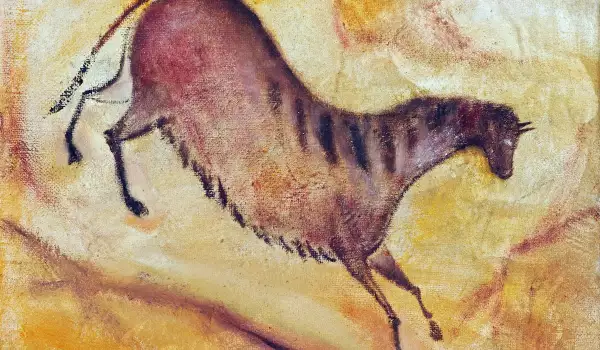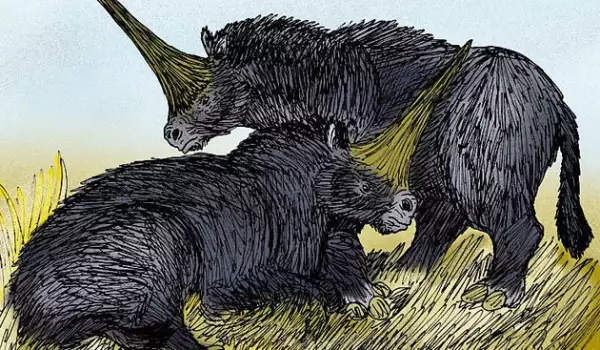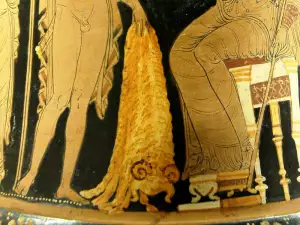Analysis of the fossils of Elasmotherium sibiricum proves that unicorns were not mythical creatures but really did exist 29 000 years ago. However, they did not look as cute as depicted in children's stories.
The study was done by Russian scientists from Tomsk State University, who have now analyzed the discovered fossils. They were located in the Pavlodar region of today's Kazakhstan.
Prior to this analysis, the scientific community theorized that if unicorns did exist they would have been inhabiting the Earth about 350 000 years ago. Examination of the fossils however, showed that these animals went extinct sooner than believed - 29 000 years ago.
Scientists used radiocarbon dating to determine the correct age of the horned creatures' fossils. It also turns out that the first humans were already walking the Earth in this period, having evolved in Africa about 200 000 years ago.
Scientists are categorical that unicorns don't look like a horse with one horn, as can be seen on the pages of a children's storybook. They had thick fur, reached a height of 6 ft (1.8 m) and weighed about 4 tons. The size of their horn was likely a little over 6.5 ft (2 m).
Unicorns were herbivores and migrated from the western to the southern parts of Kazakhstan.
Study of the fossils of Elasmotherium sibiricum continues and scientists are hoping to use them to find evidence of other large mammals that had been living on Earth thousands of years ago.

It is thought that the legends of the unicorn spread most extensively during the Middle Ages, with the prime focus being on the horn itself, also called an alicorn and believed to be magical.
Various rulers at the time said that they possessed the horn of a unicorn that could cure any disease.
One of the earliest pieces of evidence that these creatures truly did exist are the prehistoric drawings in the French Lascaux Cave system that clearly depict a unicorn.












